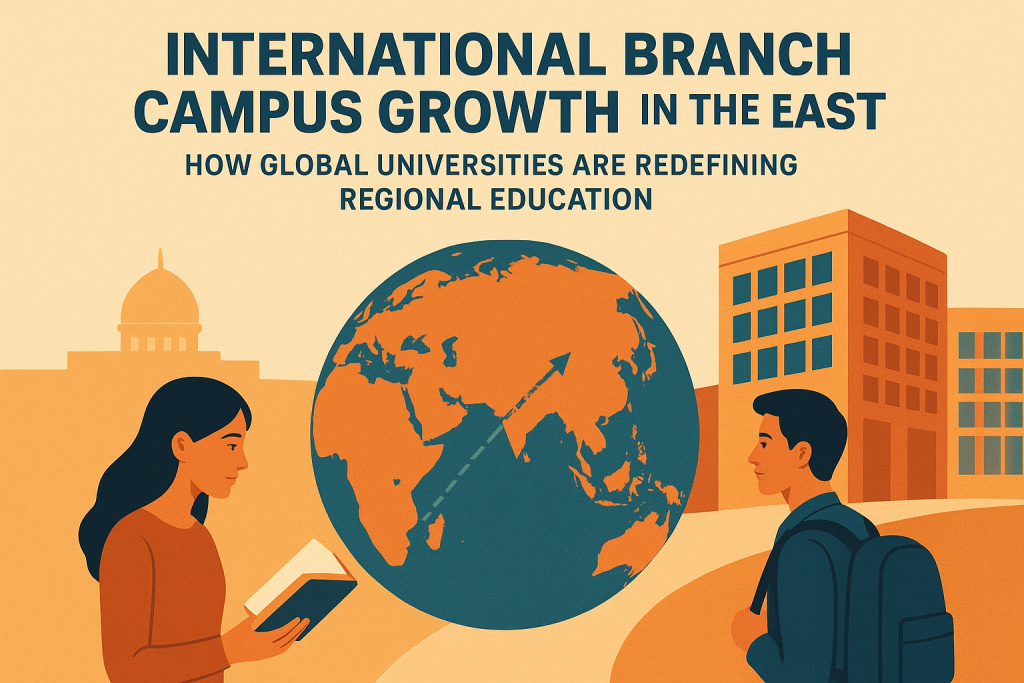
A New Map of Global Education
In the past decade, the Middle East has undergone a quiet yet profound transformation in higher education — one defined by the arrival and rapid expansion of international branch campuses (IBCs). Once an ambitious experiment, the concept of global universities establishing local presences has matured into a strategic model reshaping the region’s academic landscape.From Dubai and Doha to Manama and Riyadh, the region is no longer just sending students abroad — it is bringing world-class universities home.


